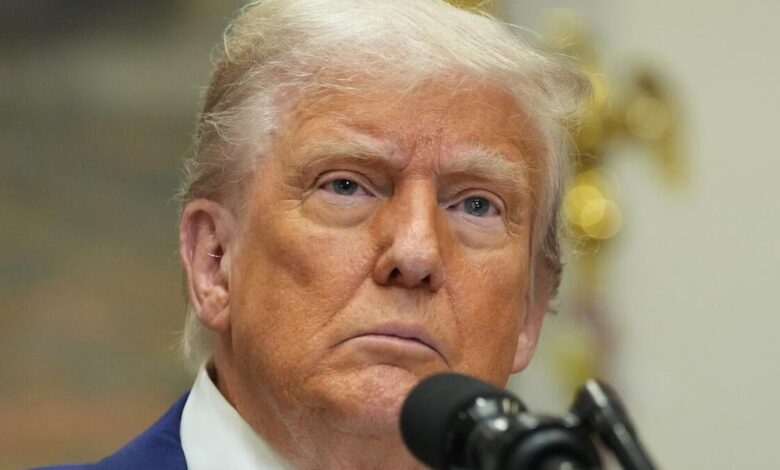Trump says U.S. will set tariff rates for most nations within weeks

President Trump revealed on Friday that his administration will be sending letters to inform other nations about the tariff rates that the United States will impose on imports. During a business roundtable between the U.S. and the United Arab Emirates, President Trump emphasized the overwhelming demand for trade deals with 150 countries, highlighting the challenges in meeting with every nation.
Treasury Secretary Scott Bessent and Commerce Secretary Howard Lutnick will be responsible for sending out these letters, which will outline the fair tariff rates that foreign countries can expect when doing business in the United States. These efforts are part of the ongoing negotiations with major trading partners such as the U.K. and China following the implementation of tariffs on April 2nd.
The impact of these tariffs is significant, with U.S. companies like Walmart and Target facing increased costs on imported goods. These companies often pass on these expenses to American consumers through higher prices. Analysts from Goldman Sachs predict a 13% increase in the U.S.’s effective tariff rate this year, reaching levels not seen since the 1930s. Despite uncertainties surrounding the ultimate tariff levels, it is likely that they will remain elevated in the near future.
Retailers like Walmart have already warned of price hikes due to the tariffs, with CEO Doug McMillon acknowledging the unavoidable increase in prices for consumers. While President Trump has eased tariffs on Chinese imports for a temporary period, American businesses are still feeling the financial strain. The administration’s goal is to encourage companies to invest in the U.S. and bolster domestic manufacturing, with the President citing trillions of dollars in potential investments.
However, skeptics in the trade industry question whether higher tariffs and political pressure will be enough to revitalize U.S. manufacturing. Building new factories involves a complex decision-making process that considers various factors beyond tariffs, such as labor costs, energy expenses, tax rates, and regulatory conditions.
In conclusion, the ongoing trade negotiations and tariff implementations have far-reaching implications for both businesses and consumers. The intricate interplay between economic policies and global trade dynamics underscores the complexity of the current landscape. As the U.S. navigates these challenges, it remains to be seen how the domestic and international markets will respond to these developments.





